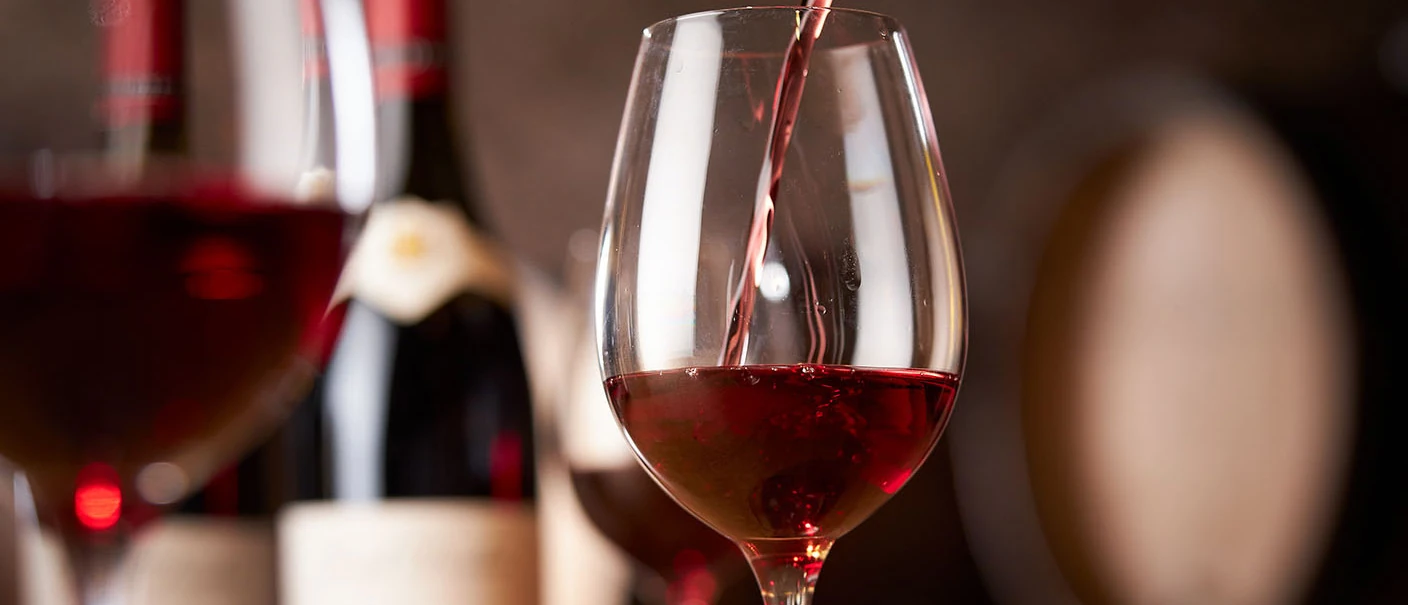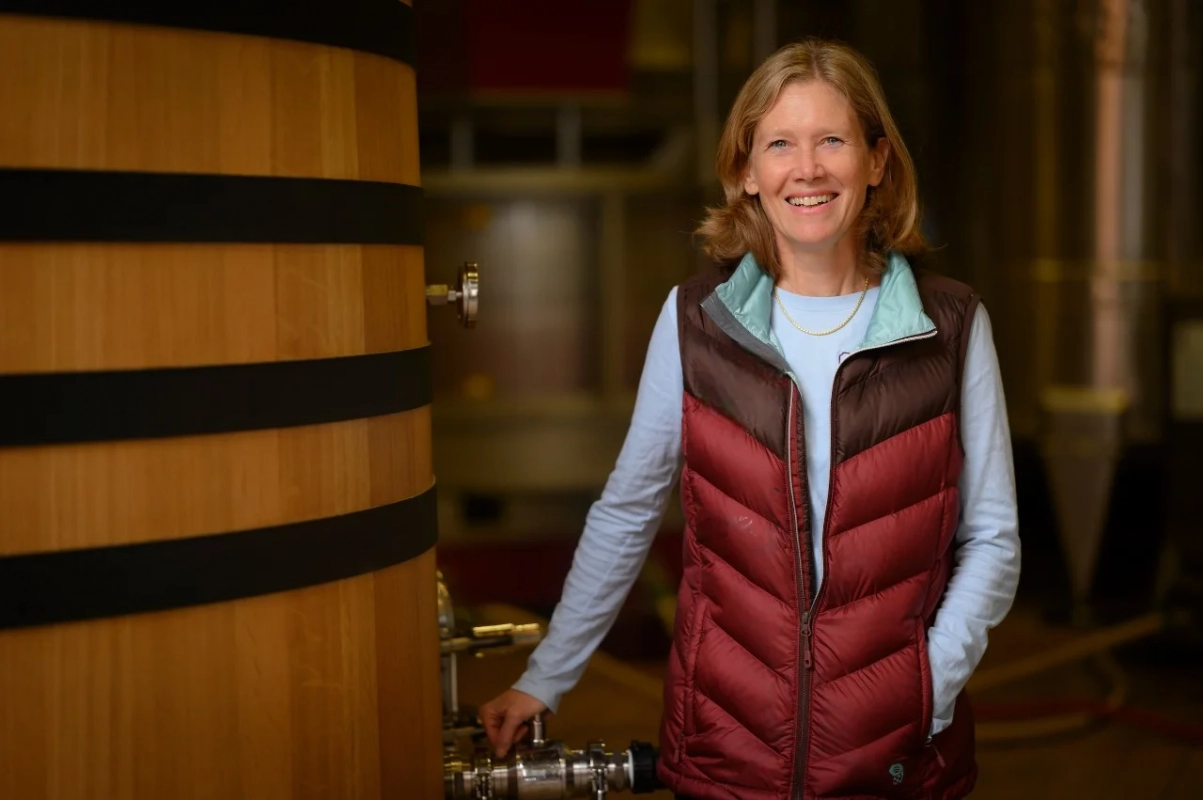Are you sure you want to perform this action?

Brouilly
Domaine des Hospices de Belleville
Service
-
Cellaring
Optimal consumption: 2 to 5 years
Ageing potential: 7 years
-
Tasting temperature
between 15 and 16°C (59/61°F)
Grape variety
Gamay noir with white juice
Vineyard
Site: the northernmost Cru of Beaujolais, Brouilly is also one of the most famous and largest.
The Hospices de Belleville's Brouilly is produced from a single plot, « Le Sigaud », of 11 acres, located at the foot of Mont Brouilly.
History & Tradition: from a distance, Mont Brouilly looks like a volcano. There is a small chapel at the top. It was built in 1857 to place the vineyard under the protection of the Virgin Mary.
In 2014, Maison Joseph Drouhin signed an exclusive partnership with the Hospices de Belleville, historical owner of 34 acres in the 3 crus of Brouilly, Fleurie and Morgon.
Soil: pink soil of good quality, well drained and in majority comprised of granitic arenas.

Tasting
by Véronique Boss-Drouhin
This Brouilly displays a deep red purple robe, a fleshy body with supple, caressing tannins, perfectly balanced, fruitiness is present with a delicately peppery note to finish.
Vintage
2022 provided Beaujolais wines with a wide variety of profiles: full-bodied and structured wines with a deep colour, typical wines for cellaring, but also fleshy wines pleasant to drink.
Vintage reviewWinemaking
Harvest: grapes harvested by hands. If necessary, a careful sorting is proceeded in the vineyard and at the winery.
Vinification: depending on the plots and the quality of the grapes, part of the harvest is destemmed for a « Burgundy style » vinification with punch downs and pump overs, while the rest is vinified in whole bunches for a 10-to-15-day semi-carbonic maceration.
Ageing: the wines vinified according to a Burgundy style are ageing during 10 to 12 months in large casks, (500 litres), stainless steel vats are reserved for the wines issued from carbonic maceration. The wines are then blended into one unique cuvée by appellation.


